RocketGeekInFL
Well-Known Member
- Joined
- Nov 22, 2013
- Messages
- 3,283
- Reaction score
- 2,984

As manixFan said, it relates to historical data. They will have a set of data on lots of things that they have logged over the course of launching over 50 Falcon 9 rockets. If you look at the set of graphs for a particular parameter (or group of related sensors) there will be a general pattern and spread range of data due to external variables. This is a "family" of graphs. If they see something that is really out of shape or out past the limits of existing data (or trending that way) the statistical outlier of the new launch possibly warrants investigation to make sure they don't have any nasty surprises.No, they keep saying, "Out of family." Which is unfamiliar to me. Does that make sense to anyone else?
Definitely. The damaged interstage seems like it'd be terrible for lifting. Imagine lifting up a steel pipe by a cracked eggshell glued to the end
Eesh, the salt water will be doing a nasty job on things. The inner liner isn't just a smooth shell. It's got channels and subtle geometries which are purposeful, and I'm not looking forward to that cleaning job. I guess it depends on which erodes worse, cleaning off the crud or being fired nominally.
If it were a Game of Thrones family it would probably be dead, and based on statistics, from a knife wound to the neck.That’s the last straw, temperature reading! You are OUT OF THE FAMILY! I have no son! You’re DEAD TO ME, temperature reading!!!
It appears the solar cells are exposed during flight which begs the question, how are they protected?
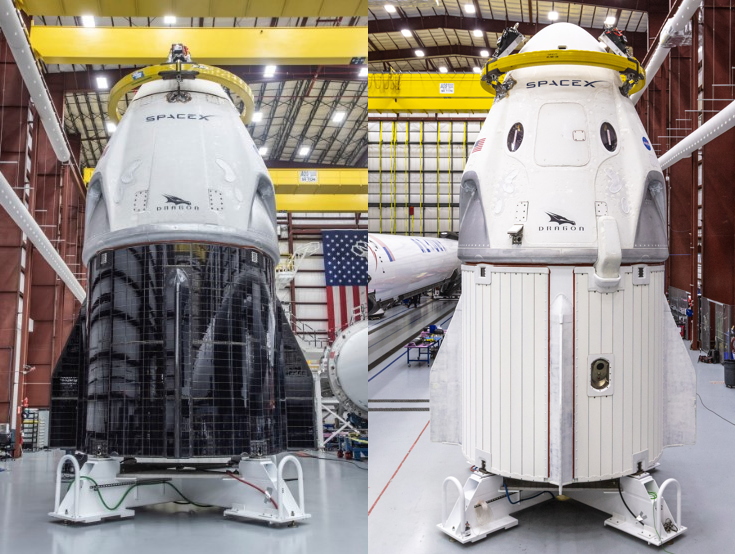
I'm pretty sure rockets are ESSENTIAL... [emoji12]Will Trump's partial government shutdown impact the launch?



I believe the LOX tanks are He pressurized. That’s what blew the second stage, isn’t it?
If LOX needs extra pressurization, then LNG will.
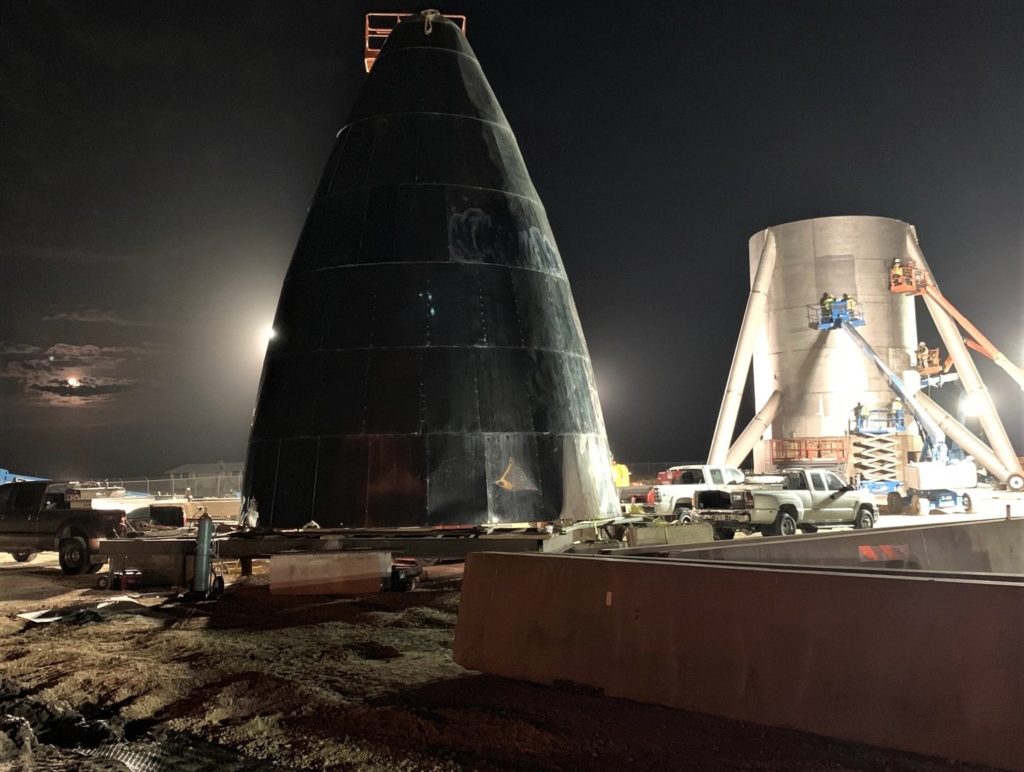
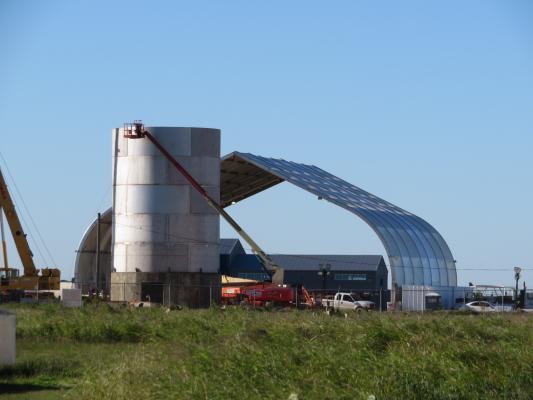
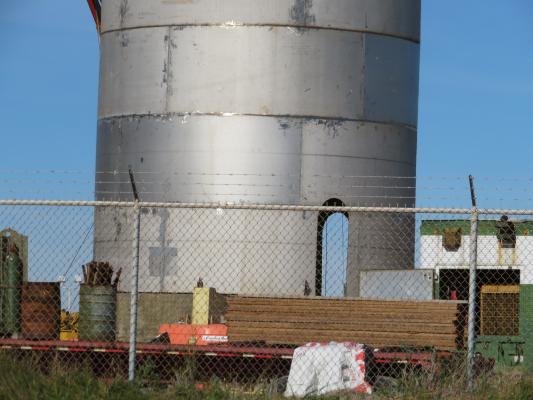
A Starship hopper that is literally bolted to a concrete foundation is unlikely to do any hopping at all.
As usual, you guys and girls are over-analyzing this.
Seriously, other than a water tower, what else could it be? A base for another tracking antenna? It's a foundation for a structure, not a play spaceship.
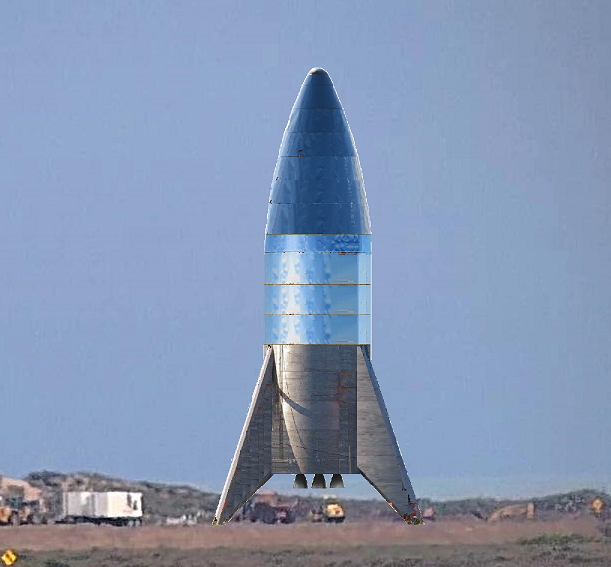
Enter your email address to join: